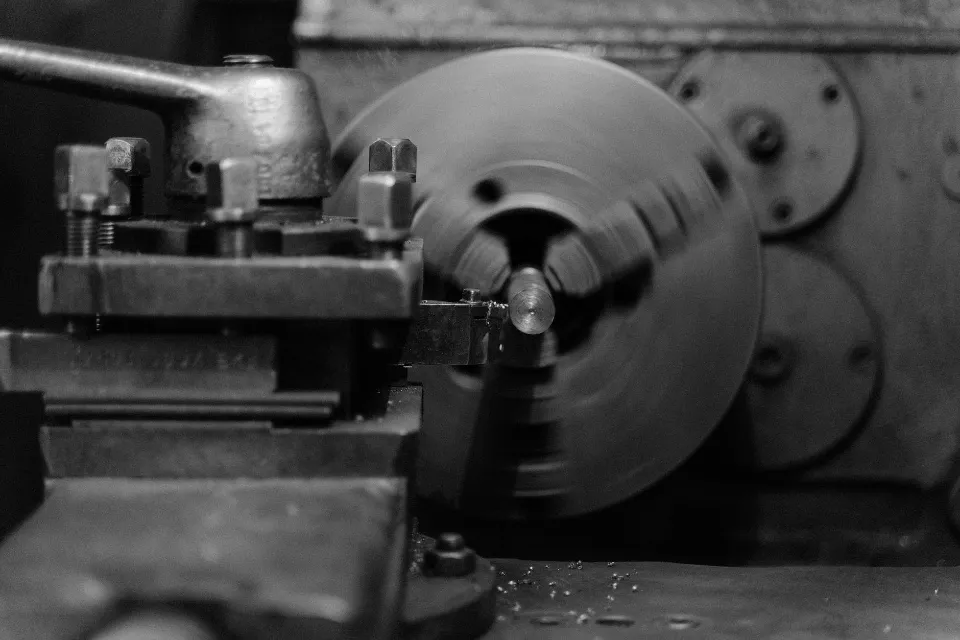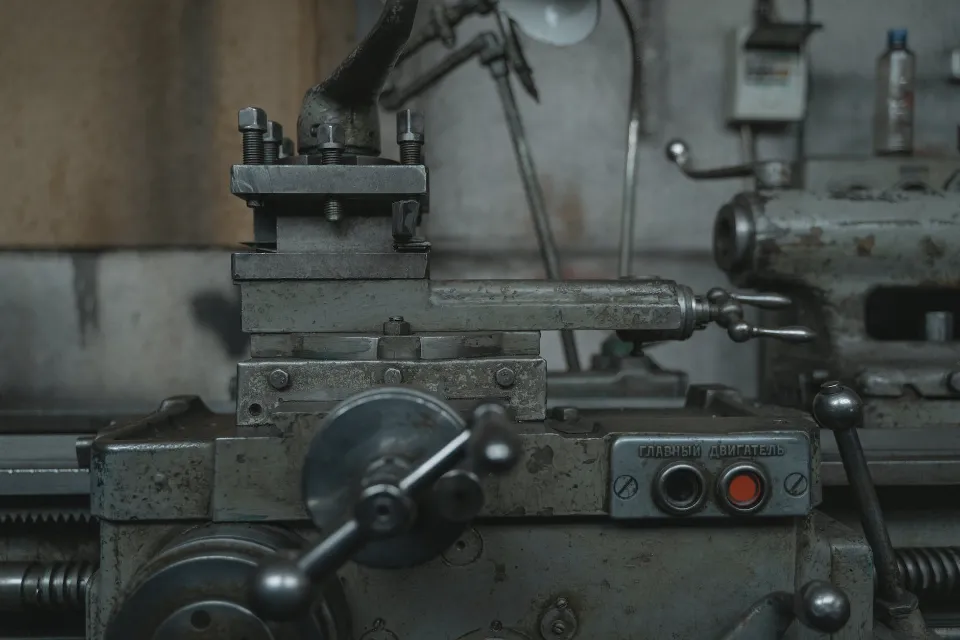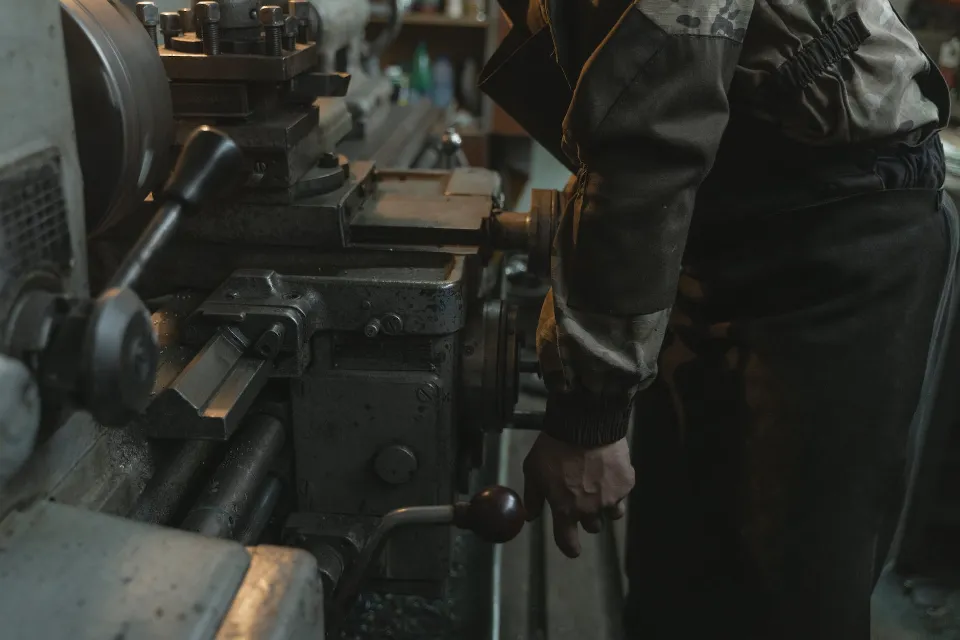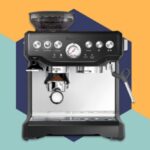What is a Lathe Machine? will be explained in this article. How is a lathe machine operated? What is the main tenet of its operation? What components make up a typical lathe machine? Additionally, you will learn about this machine’s uses, key functions, and benefits and drawbacks.
One of the earliest production machines is the lathe, I should mention before we move on. Almost any type of machine part can be produced by this machine. That’s why this machine is called the most powerful machine ever. CNC machines and CNC programming were discussed in the previous article. Modern lathes that can be controlled by a computer are called CNC machines. When learning about CNC machines, it’s also essential to know the order of the basic lathe machine.
What is Lathe Machine?
The era of lathe machines can be regarded as having begun in the modern era. The lathe machine has made numerous other contemporary devices and components possible. It is the machine in the world with the greatest range of applications. This machine is frequently used for metal product machining and woodworking. A lathe machine removes material from a job and shapes it to the required size and dimensions.

Types of Lathe Machine
The introduction of new inventions, aside from the lathe machines used in other fields, occurs as technology advances. The following are the various types of lathe machine that exists due to categorization;
- Center or engine lathe
- Speed lathe
- Capstan and turret lathe
- Tool room lathe
- Bench lathe
- Automatic lathe
- Special purpose and
- CNC lathe machine
History and Evolution of Lathe
The lathe was first used by two people to operate it. That was utilized for woodworking. While the other person used a sharp tool to shape the wooden workpiece, the first person used a rope to spin the wood. It was known as a double-person lathe because of this. A turning bow and a paddle were also added by the Ancient Romans to this device to improve it. The workpiece was rotated by means of a paddle. Operations on the lathe became easier as a result. A manual sewing machine appeared to be what it was. And these types of lathes were known as “Spring Pole” lathes and were used in woodwork.
To turn the workpieces at higher rpms after evolution, steam engines and water wheels were added. A new section of the history of the industrial revolution was added when electric motors were added to the Chuck’s rotation. Additionally, as time went on, both operation time and machining precision improved. In our following article, we’ll read about various types of lathe machines.
What is the Working Principle of a Lathe Machine?
The most widely used and crucial piece of equipment in metalworking today is the lathe. LATHE is an abbreviation of “Longitudinal Access Turning Horizontal Equipment”. Unlike milling machines, lathes are designed to rotate a workpiece against a tool bit. It operates on the rotating workpiece and fixed cutting tool principle, per the complete form. The workpiece is secured between two powerful supports, or centers.
Live and dead centers are the two common types of centers found on lathes. The Headstock’s Center is referred to as a live center. The workpiece turns as a result. The workpiece is held in place with the live center by dead center at the tailstock.
To shape the rotating workpiece into the desired shape, the cutting tool is moved in its direction. The cutting tool is normally fed parallel or perpendicular to the working axis. Please read about the single point cutting tool if you want to understand the cutting tool, appropriate angles, and how it works.
What Are the Main Parts of a Lathe Machine?
Construction of Lathe Machine: The bed, headstock, tailstock, tool post, leg, carriage, quick-changing gearbox, and other essential components of the lathe are among its primary components. Let’s talk in-depth about every component.
1. Leg:
The lathe machine is completely supported by its legs. They also transfer the weight to the ground. Legs are rigidly held in place by foundation bolts. Cast iron makes up the legs. due to the extremely high damping capacity of cast iron. and has greater vibration resistance and can support higher compressive loads.
2. Bed:
A headstock, tailstock, and carriage are carried by a horizontal component called a lathe machine bed. The bed is also made of cast iron, but it is cast in a single piece and is chilled. It is also a bigger, tougher component of the lathe. The bed is supported by two heavy metal slides that run longitudinally, have ways or a “V” shaped cutout in them, and are firmly held in place by cross girths. Two large steel slides that run parallel to the length make up the bed. Slides have a cross-section that resembles a V and are held rigidly in place by girths.
3. Head Stock:
Power for the other components of the lathe is sent through the headstock. It transfers power from the gearbox to the headstock spindle. It is possible to attach work to the hollow headstock spindle, which rotates the chuck. Housing for driving pulleys, back gears, feed speed gears, live center, and headstock spindle is provided by the headstock casting. On the machine bed’s left side, the headstock is fixed.
4. Gearbox:
Located beneath the headstock is the gearbox. There are various and different sized gears in it. These gears help the chuck rotate at different speeds and supply the necessary torque for operations. Quick-changing gearboxes are a feature of modern lathe machines.
5. Tail Stock:
At the far end of the machine bed, on the opposite side, is where the tail stock is mounted. It is frequently employed to add more support to the longer part. To align or not align with the live center, the tail stock can be easily adjusted. It carries a center, referred to as the dead center. When performing a difficult or oversized operation, it is crucial.
6. Carriage:
On the bed, the carriage is supported by the outer guideways. In addition, it has the ability to move in a spindle-axis parallel direction. Important components like an apron, cross-slide, compound rest, saddle, and tool-post are included in the carriage.
The base of the carriage is called an apron. Gears are used to create the apron mechanism, a split half nut is used for the automatic feed, and the clutch mechanism is used to change the feed direction.
The carriage has the cross slide mounted to it. The working axis is perpendicular to the path taken by a cross-slide. With the help of this component, the carriage can be moved perpendicular to the working axis.
The cross-slide is mounted with the saddle on it. The compound rest can spin and be fixed to any desired angle while seated in the saddle.
A tool post on the compound rest is where the tool holder is kept. These carriage parts collectively give the tool the most freedom possible. Additionally, this freedom enables a variety of lathe operations. Let’s now list the fundamental tasks performed by a lathe machine.

Basic Operations on a Lathe Machine
Several tasks can be accurately and effectively completed on a lathe machine. The basic operations listed below can be carried out on an engine lathe.
1. Turning
A. Straight Turning
B. Taper Turning
C. Shoulder Turning
2. Facing
3. Drilling
4. Chamfering
5. Threading
A. Internal Threading
B. External Threading
6. Under Cutting
7. Knurling
8. Grooving
9. Forming
10. Grinding and Polishing
11. Boring
A. Taper Boring
B. Counter Boring

Lathe Machine Safety Precautions
There are a few safety precautions that must be observed when using a lathe machine in order to protect the operator, the work, and the machine. These include;
- Brush should be used to clean up chips but not hand
- Work piece should be support using holding device, don’t use hand
- Adjustment should not made while machine is working
- Do not measure on revolving parts
- Use goggle to avoid flying chips from entering the eye
- Ensure all machine parts are securely tight
- Avoid flying cloth or loose cloth
- Tools should not be place on drilling table
I hope you enjoyed reading this and learned something. If so, feel free to share it with other students in our comment section. Thanks!
Conclusion
You are now familiar with the lathe machine’s development, history, and revolution. You also gained knowledge of its main components and operating principle. Usually, it’s a good idea to get to know the workshop lathe machine. The manufacturing process can be better understood as a result. In depth discussion of the fundamental lathe operations will be covered in our upcoming article.











